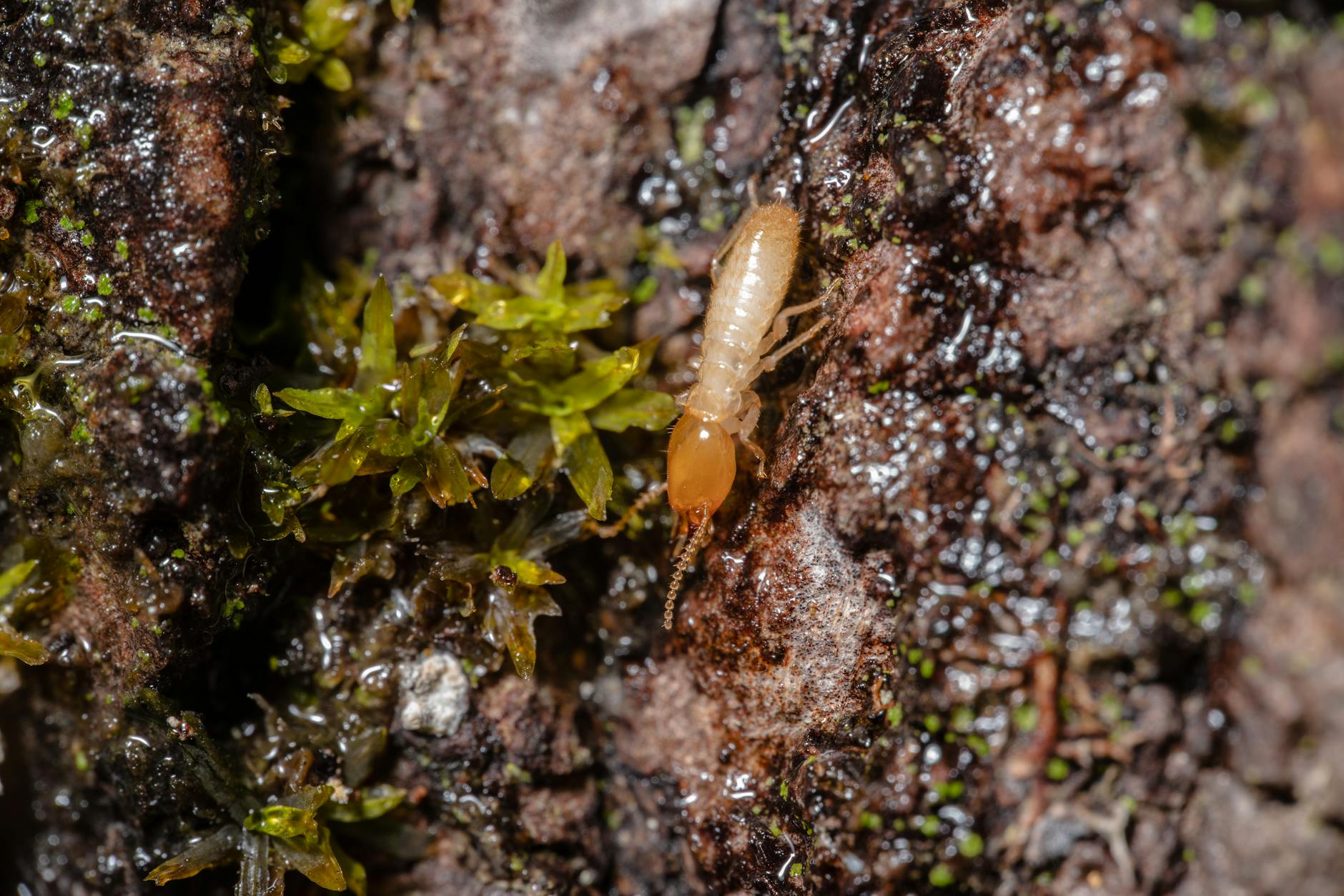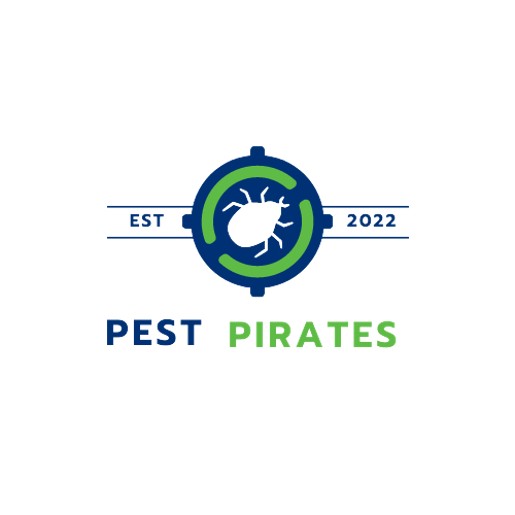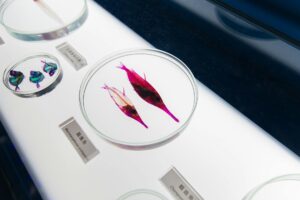
Beneficial Nematodes for Termite Control
Understanding Beneficial Nematodes
Beneficial nematodes represent a natural, environmentally friendly approach to controlling termites in your home. Unlike traditional chemical treatments, beneficial nematodes are microscopic roundworms that specifically target and eliminate pests such as termites without harming plants, pets, or humans.
These tiny warriors, available through products like NemAttack™ and Triple Threat Pro Nematodes™ from ARBICO Organics, belong to the families Steinernematidae and Heterorhabditidae. They work by entering the bodies of soil-dwelling termites and releasing bacteria that is lethal to these pests, leading to their demise typically within 48 hours (Lawn Love).
The Environmental Protection Agency (EPA) recognizes the safety of beneficial nematodes, noting that they do not require registration due to their non-toxic nature. This makes them an excellent choice for those seeking a natural solution to termite control without the potential risks associated with synthetic chemicals.
Application Timing and Considerations
To maximize the effectiveness of beneficial nematodes in combating termites, timing and soil conditions are key. Apply these nematodes early in the morning or during the evening when the sun’s intensity is reduced, and soil temperatures are cooler. This helps protect the nematodes from extreme heat and UV rays, which can diminish their viability.
The soil temperature should ideally be between 42°F and 95°F when applying nematodes. They remain active and can parasitize termites within this temperature range, but lose their effectiveness above 95°F. A second application is often recommended for comprehensive termite management. You can reapply nematodes about 1-2 weeks after the initial treatment or during the fall to target termites with overwintering, soil-dwelling life stages (ARBICO Organics).
When considering beneficial nematodes for termite control, keep in mind the types of termites present and their respective life cycles. This knowledge can guide the timing of your application to coincide with the most vulnerable stages of termite development, ensuring a successful treatment. Remember, while DIY solutions can be effective, consulting a reliable termite control company for severe infestations is always a safe bet to protect your home from these persistent pests.
Types of Beneficial Nematodes for Termites
When you’re considering natural solutions to control termites, beneficial nematodes are an environmentally friendly and effective option. These microscopic roundworms attack and kill termites without harming plants, pets, or people. Here are some specific types of beneficial nematodes that are known to be the best allies in your fight against termites.
Heterorhabditis bacteriophora
Heterorhabditis bacteriophora nematodes work in tandem with their associated bacteria to target and eliminate workers and nymphs of various termite species. They are particularly effective against six types of termites, including some that are commonly found in homes, such as the Coptotermes formosanus and Reticulitermes flavipes. To treat an area infested with termites, you need approximately 23,000 infective juveniles of H. bacteriophora per square foot. These nematodes can be dispensed using a traditional sprayer or a watering can for ease of application. Bugs for Growers
Steinernema carpocapsae
Steinernema carpocapsae nematodes, along with the bacterium Xenorhabdus nematophila, suppress populations of eight different termite species. They are a robust choice for termite control and have been shown to cause up to 70% mortality in Zootermopsis angusticollis termites. The application rate is similar to that of H. bacteriophora, with about 23,000 infective juveniles needed per square foot. These nematodes are versatile and can be used against a range of insect pests, including termites, making them a valuable addition to your termite control arsenal. Bugs for Growers
Steinernema feltiae
Steinernema feltiae nematodes carry Xenorhabdus bovienii bacteria and are known to suppress populations of three termite species. They are particularly effective against Gnathamitermes perplexus and Reticulitermes virginicus. Applying these nematodes can be done in the same manner as the previous types, with the same concentration of infective juveniles per square foot. Bugs for Growers
Steinernema riobrave
Steinernema riobrave nematodes are effective against four termite species, including the formidable Coptotermes formosanus. They have been reported to cause over 75% mortality in workers of three termite species, making them a powerful tool in your natural termite treatment strategy. Their application rate is consistent with the other nematodes mentioned here. Bugs for Growers
Heterorhabditis indica
Heterorhabditis indica nematodes work with Photorhabdus luminescens bacteria to target termites. They are effective against three termite species, including Coptotermes vastator. The application requirements for H. indica are similar to those of H. bacteriophora, with an application rate of around 23,000 infective juveniles needed per square foot of infested area. These nematodes are another natural option for those seeking a DIY termite control solution. Bugs for Growers
Beneficial nematodes offer a promising natural approach to termite control. By selecting the right type of nematode for the specific termite species you’re dealing with, you can effectively manage your termite problem. For more information on termite species and how to identify them, check out our article on types of termites. And remember, it’s always a good idea to consult with a reliable termite control company for professional advice tailored to your specific situation.




